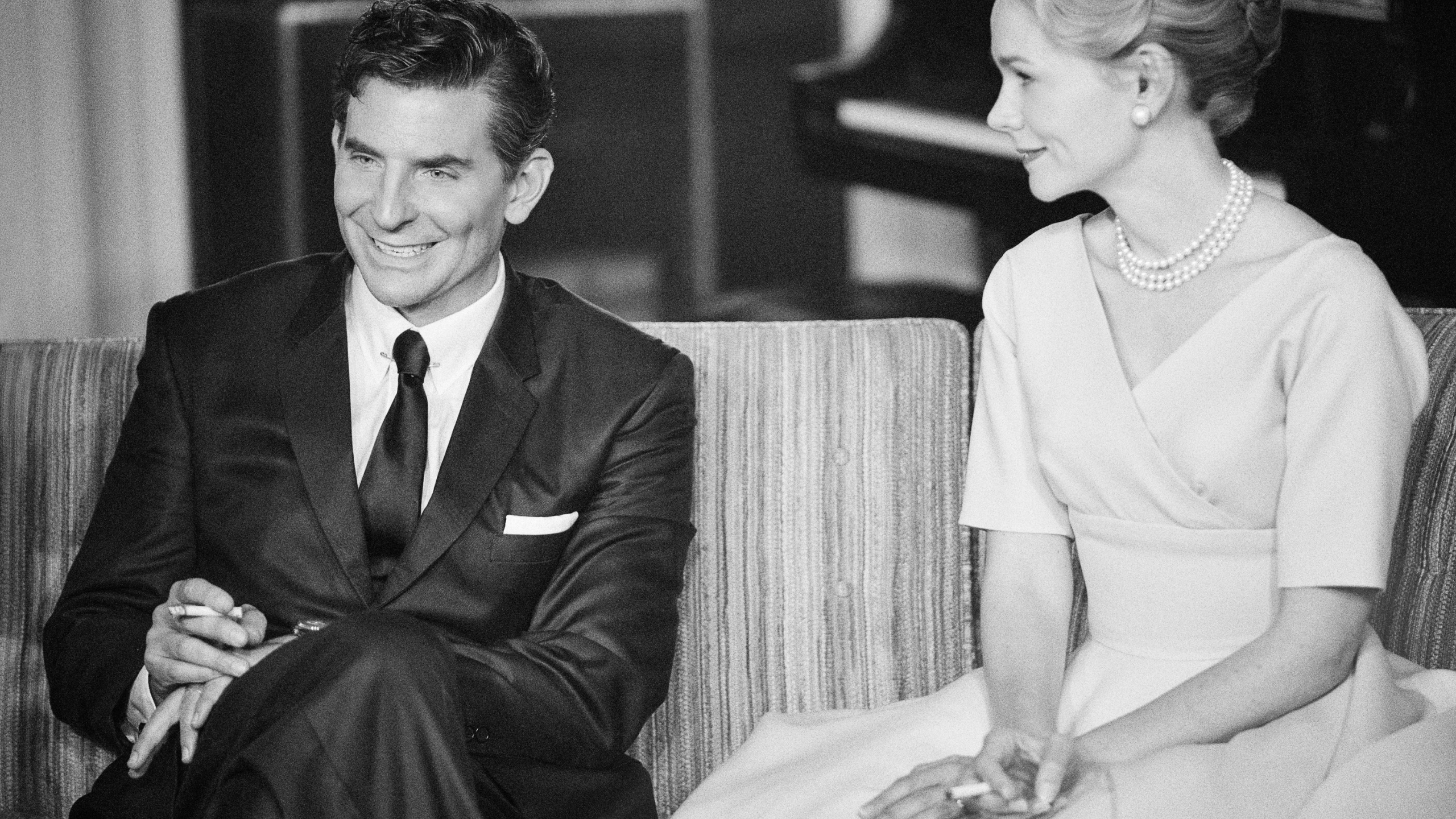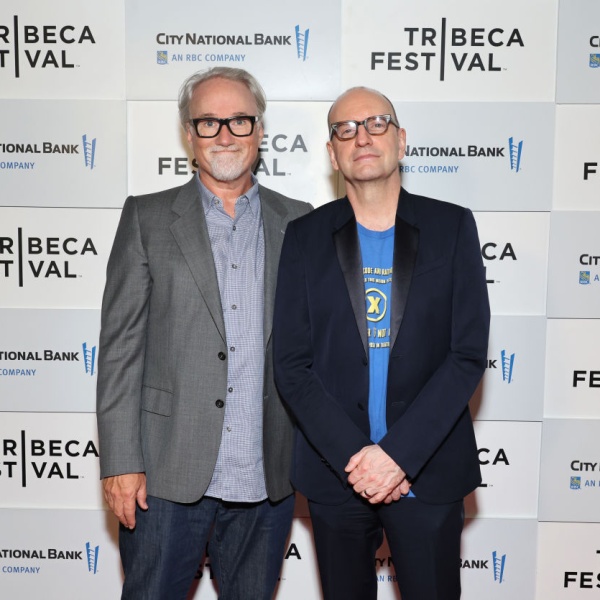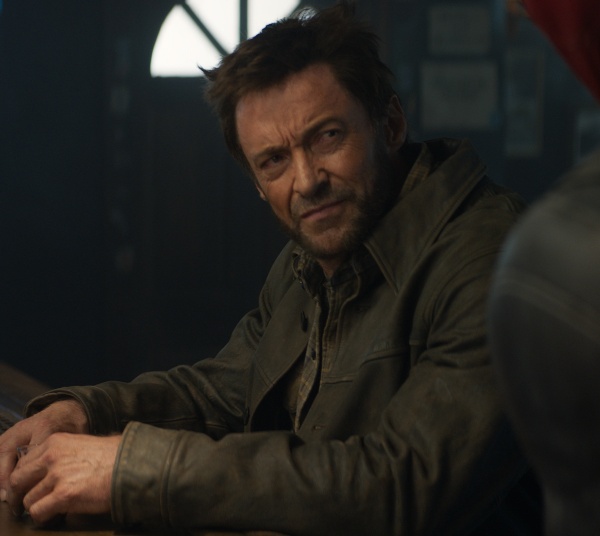Jerome Robbins is alive and well and living in choreographer Justin Peck.
Two years after Peck crafted choreography based on Robbins’ iconic original for “West Side Story,” the Tony Award winner returns to Robbins’ work with an unforgettable sequence in Bradley Cooper’s Leonard Bernstein biopic “Maestro.”
Bernstein, the polymath who was equally at home writing Broadway musicals as he was conducting orchestras and teaching young conductors, was a seminal figure in musical theater, composing scores for now-classics including “On the Town,” “Wonderful Town,” and “West Side Story.” But, as Cooper’s film makes clear, with great talent comes great doubts. And Bernstein was torn between the razzle-dazzle of Broadway and the more “serious” music that his conducting and composing colleagues expected of him. That push-pull comes to thrilling life early in the film, when his soon-to-be-wife Felicia Montealegre (Carey Mulligan) yanks him from a luncheon where he’s being chastised for frittering away his time on popular art and asks him to show her that side of himself.
The two find themselves on a stage that is soon filled with dancers recreating Robbins’ choreography for Bernstein’s “Fancy Free,” a 1944 ballet about three sailors on leave that eventually became the musical “On the Town” (while part of its score was also used in the opening sequence of “Rear Window”). And it was up to Peck to bring the dance back to life. But then there was more.
After collaborating with the Jerome Robbins Foundation to recreate his choreography, Peck needed to add an original sequence. “I was tasked with taking inspiration from the original ‘On the Town,’” Peck told IndieWire, “and creating an entirely original dance sequence that could act to tell the story of these two characters and their inevitable linking up together at the end and the energy and the chaos around them that kind of clicks into focus by the end of that section.” And Cooper (who already spent six years taking conducting lessons for his role as Bernstein) would also be a dancer in the sequence. And there wouldn’t be a lot of time to choreograph and film it.
“I think we did a week of the workshop, with Bradley coming in for the last couple days,” Peck said. “And then we did another week of rehearsal right before shooting, and we had about four days built into the production schedule to capture this. It was a little tight considering the scale of it.”
Luckily, having come on the heels of “West Side Story,” Peck’s choreography-on-film muscle was “well exercised. So we were able to pull it off given that schedule. And Bradley was such a wonderful collaborator, and we spent weeks talking about it and watched reference videos together. He was really generous with his time to make sure we were in lockstep for what this sequence was aiming to be before we got on set.”
The final sequence is a tour-de-force that both moves the plot forward and comments on it. Initially, Bernstein conjures up the dancers to show Felicia that side of his world, and the music of “Fancy Free” is boisterous and exhilarating. But as Bernstein and Felicia become part of the number and Peck’s choreography supplants Robbins’ original, the dance becomes more explicitly about them.
“It becomes this whole other layer of not only who Bernstein is as an artist but as a person and how he’s able to dream and picture the world at its best. That was a big part of building out the number, so Felicia can observe it and get enamored by it but also get absorbed into it and be thrilled by it and a little bit scared of it as well. Which I think is a theme that runs through the whole film because it’s a film about their relationship and the vast spectrum of what that included. So in a short, capsule moment, we’re getting a visceral sense [of that].”
Having Bernstein appear in a sailor costume and dance is a surprising choice that works within the context of the scene. As Peck pointed out, “The way he conducted and carried himself, his body language, was so physical and at times so performative but in a very natural way. He wasn’t putting it on it was just who he was. So the fact that we could build out this dance sequence where it extends ever so slightly further into a choreographed world is something the viewer can get behind and isn’t too jarring. He’s already halfway there, and he sort of lifts up and out a little bit further. [Then it becomes] how far can we push this and how seamless can we make this so we don’t lose the audience but they’re able to feel something beyond what can be spoken?”




